Contents
Guide

JANET SOBEL
 hen Janet Sobel (18931968) died at the age of 75, her obituary in the local paper listed her as the vice-president and director of Sobel Brothers, Inc., the costume jewellery business founded by her late husband, Max. But Janet hadnt just manufactured cheap trinkets for a living. When she was in her mid-forties, she taught herself art and became one of the most talked-about painters in New York. Today, this Abstract Expressionist is regarded as the mother of drip painting (the technique that made Jackson Pollock famous).
hen Janet Sobel (18931968) died at the age of 75, her obituary in the local paper listed her as the vice-president and director of Sobel Brothers, Inc., the costume jewellery business founded by her late husband, Max. But Janet hadnt just manufactured cheap trinkets for a living. When she was in her mid-forties, she taught herself art and became one of the most talked-about painters in New York. Today, this Abstract Expressionist is regarded as the mother of drip painting (the technique that made Jackson Pollock famous).
Born Jennie Olechovsky in Ekaterinoslav, Ukraine, Janet was one of the hundreds of thousands of European immigrants who had fled hardship and persecution for Americas promised land. When her father was killed, possibly as a result of one of the anti-Jewish pogroms that swept Ukraine, the rest of her family promptly boarded an ocean liner for Ellis Island. On arrival, in 1908, the Olechovskys abandoned their last name and became the Wilsons. In Brooklyn, Janet married Max Sobel also a Ukrainian Jew and sold potato knishes on Coney Island beach to tide them over during the Depression. When Maxs jewellery business took off, the Sobels and their five children traded up to chichi Brighton Beach in Brooklyn, and Janet became a full-time homemaker.

. In any case, Janet began drawing on anything she could get her hands on, co-opting scavenged seashells, used envelopes and empty boxes in the name of art.
Sol wound up taking his mothers early attempts to his teachers at the Educational Alliance Art School in Manhattan. When he was told that Janet possessed undisputed talent, he immediately became her greatest champion. He showed his mothers work to artistic figures such as the collector Sidney Jarvis and fellow artists Marc Chagall and Max Ernst. They, in turn, introduced Janet to influential critics and gallerists like Peggy Guggenheim, who gave Janet her own solo show in 1946.
Nobody quite knew what to make of Janet. The newspapers called her a palette packin grandma
Janet herself was far removed from the art world she had no artistic training whatsoever and stayed that way for the rest of Her early work mainly consisted of folksy, figurative paintings that recalled her peasant childhood in Ukraine. Within a few years, however, the jewel-like orchards and women in patterned headscarves in her paintings began melting together into something fantastically new.
Mixing sand into paint, she began to blow and pour colour in expansive loops and curlicues, using glass pipettes to shoot the mixture across the canvas. There might be an occasional glimpse of a face or a pair of eyes through the intricate lattice of paint, but Janet had otherwise fully embraced abstraction.
This was, apparently, much to the delight of one Jackson Pollock, who began exhibiting similar drip paintings a couple of years later, in 1947. Pollock (and I myself) admired these paintings rather furtively, recalled art critic Clement Greenberg of Janets show. Greenberg later told Sol that Pollock had been impressed by his mothers work and that he thought she outclassed Mark Tobey, the man who many believed had influenced Pollocks own signature style.
However, Janets fame was not destined to last. When the family moved to New Jersey to be closer to their jewellery factory, Janet lost touch with the art world. It didnt help that she had also developed an allergy to paint, forcing her to use crayon and pencil instead. When her husband Max died, work at the family business took over her life completely. Soon, her name became more of a whisper and then it faded out altogether her monumental artistic contributions to Abstract Expressionism reduced to being perceived as the work of an amateur and hobbyist. When she died, the obituary summed it up plainly: The widow of the late Max Sobel, who died in 1953, she was 75 and a self-taught artist.
EMILY KAME KNGWARREYE
 hen Emily Kame Kngwarreye (c. 19101996) came face to face with the work of American painter Sol LeWitt and other Modernists from the West, she had only one question: Why do those fellas paint like me?
hen Emily Kame Kngwarreye (c. 19101996) came face to face with the work of American painter Sol LeWitt and other Modernists from the West, she had only one question: Why do those fellas paint like me?
It was a good question, even though most art critics tended to ask it the other way around: how did Emily, an elderly Aboriginal woman who spent most of her life in the outback, paint like those fellas? When you consider that she never studied art, never came into contact with the great artists of her time and did not begin painting until she was almost 80 years of age, there can only be one way to describe her, Japanese curator Akira Tatehata said when considering Emilys monumental, punchy canvases of indigenous life. She was just a genius.
Emily was born in the arid Australian desert of Alhalkere, where the nearest town, Alice Springs, was roughly 250km (150 miles) away. She was only about ten when she saw a white man for the first time, after German settlers moved to the area and renamed it Utopia. Like other Aboriginal people in the region, Emily was forced from her ancestral lands and found work on the cattle stations that dotted the sparse landscape.
In 1977, Emily was among a group of Alyawarr and Anmatyerre women who learned to make batik cloth, a traditional Javanese method of decorating fabric with hot wax. The government-sponsored programme sought to raise money to fund their legal claim to Utopia, and the resulting work was instrumental in proving the womens ownership of their land during the hearings. Thanks in part to the Utopia Womens Batik Group, the Australian government restored the land to its original owners two years later.
As an Anmatyerre elder, Emily was custodian of the sacred Dreaming sites for her tribe elders before her had passed on their knowledge of the ceremonial body markings, songs and ancestral stories. Even her pierced nose was a symbol of her ancestor rock, Alhalkere. The red-orange deserts of Utopia, with its native yam and white-trunked ghost gum trees, was the stuff of her Dreaming, and Emily painted it all. Her first canvas, Emu Woman, painted when she was in her late seventies, was a sensation nobody in Australia had seen anything like it.
Awelye (womens dreaming), arlatyeye (pencil yam), arkerrthe (mountain devil lizard), ntange (grass seed), tingu (dog), ankerre (emu), intekwe (emu food), atnwerle (green bean), and yam seed, she said when asked to explain the bold lines and fizzing colours that saw her compared to Jackson Pollock and Mark Rothko. Thats what I paint, whole lot.
Emilys work arrived just in time for an explosive takeoff of interest in Aboriginal art. Hailed as the greatest colourist in Australias artistic history, Emily was also extraordinarily productive she made an estimated three thousand pieces of work over her brief painting career, which was just short of eight years. Her artistic routine involved spreading her canvas on the ground and sitting cross-legged, switching between her left and right hands for her signature dump dump dot brushstrokes. Up until her death at the age of 86, she painted at least one canvas a day.

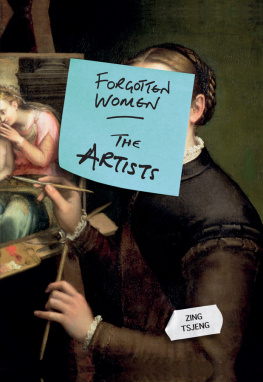
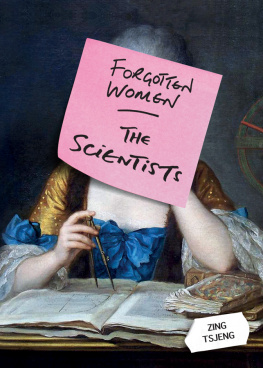
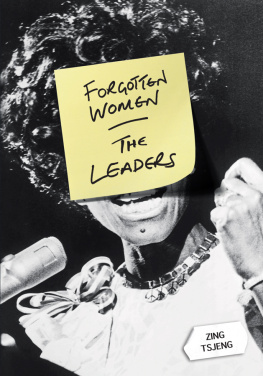

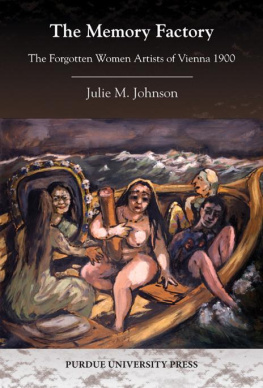
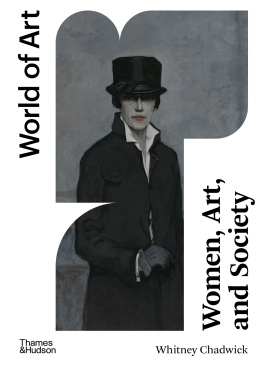
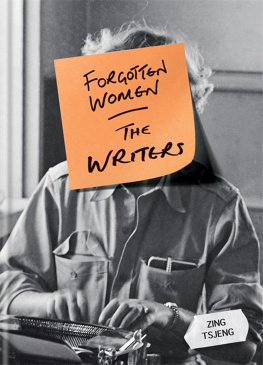
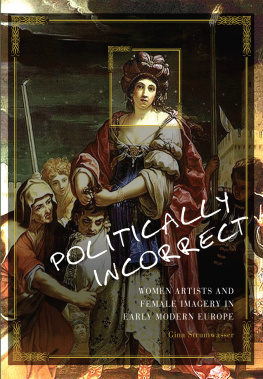
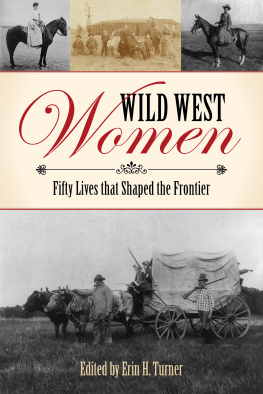



 hen Janet Sobel (18931968) died at the age of 75, her obituary in the local paper listed her as the vice-president and director of Sobel Brothers, Inc., the costume jewellery business founded by her late husband, Max. But Janet hadnt just manufactured cheap trinkets for a living. When she was in her mid-forties, she taught herself art and became one of the most talked-about painters in New York. Today, this Abstract Expressionist is regarded as the mother of drip painting (the technique that made Jackson Pollock famous).
hen Janet Sobel (18931968) died at the age of 75, her obituary in the local paper listed her as the vice-president and director of Sobel Brothers, Inc., the costume jewellery business founded by her late husband, Max. But Janet hadnt just manufactured cheap trinkets for a living. When she was in her mid-forties, she taught herself art and became one of the most talked-about painters in New York. Today, this Abstract Expressionist is regarded as the mother of drip painting (the technique that made Jackson Pollock famous).
 hen Emily Kame Kngwarreye (c. 19101996) came face to face with the work of American painter Sol LeWitt and other Modernists from the West, she had only one question: Why do those fellas paint like me?
hen Emily Kame Kngwarreye (c. 19101996) came face to face with the work of American painter Sol LeWitt and other Modernists from the West, she had only one question: Why do those fellas paint like me?